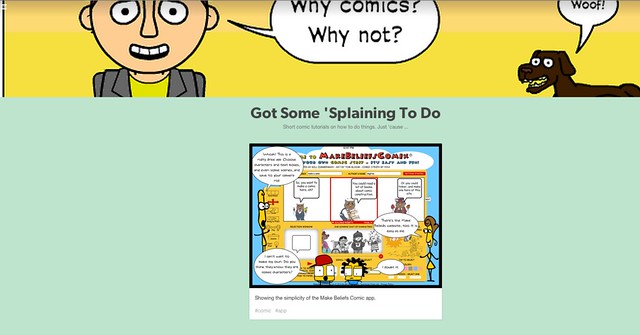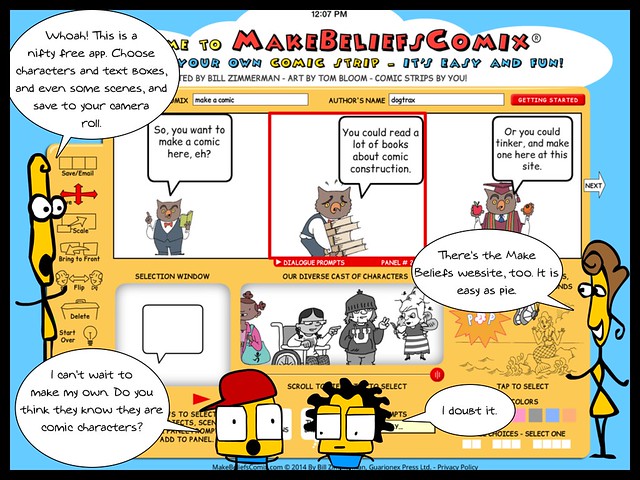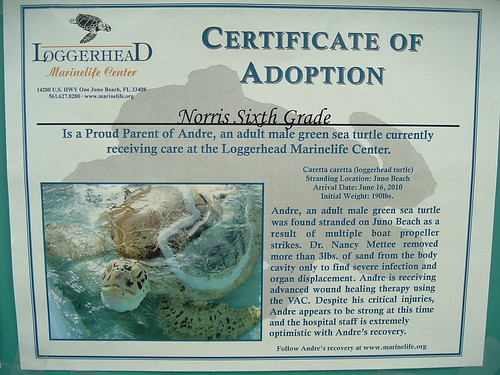(Note: I am scattering some of our essay podcasts throughout this post)
Let me back up.
Yesterday, I showed my students how to use Garageband to create podcasts. The idea is for them to create a podcast version of the Persuasive Environmental Essay Project they had just completed. The essay was to be their script. Once the podcast was done, they were to go to a Voicethread that I have set up, and upload the audio file.
Which isn’t to say that a lot didn’t get done. Many of my students in the four classes did the tasks I gave them: create a podcast and upload it into our Voicethread. But I need to catch up with a few students in the next week and see if I can help them finish up what they started.
Today, the media projects are due, and I am already seeing some fantastic work in multimedia expression, and I wonder what else will be coming into the classroom. This partnership of essay writing, multimedia composition, and podcasting/publishing really ties together so many strands that I find important.
Peace (in the play),
Kevin




